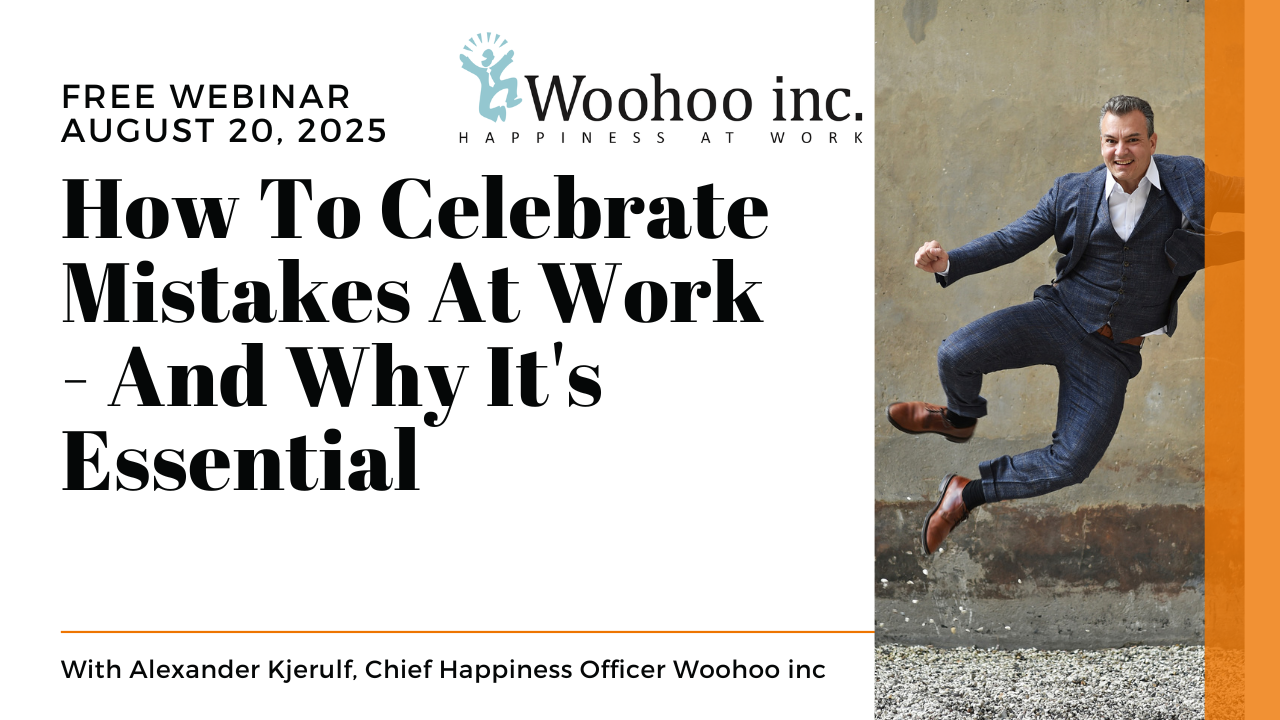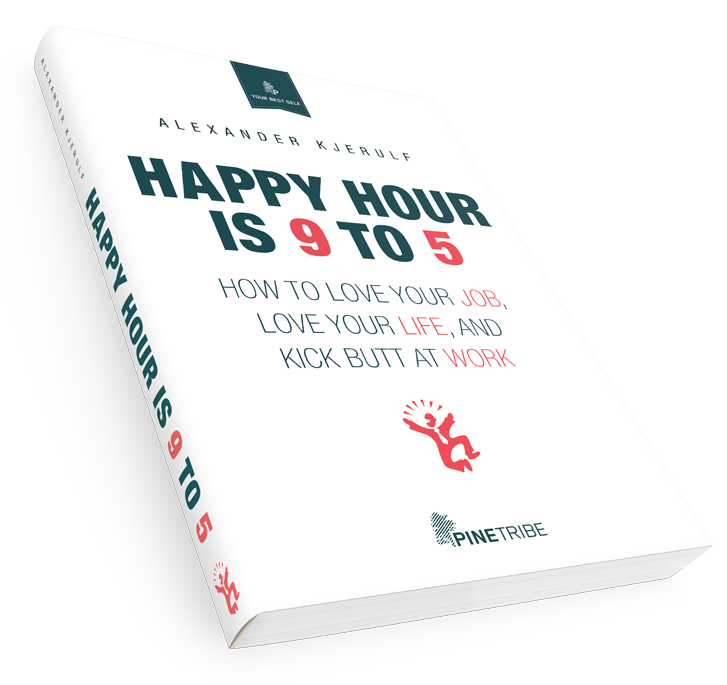
The uncontested, number-one reason why people are unhappy at work is bad management. Nothing has more power to turn a good work situation bad than a bad boss. Sadly there are quite a lot of them around. A recent British study accused 1 in 4 bosses of being bad, while a Norwegian study said 1 in 5.
According to workplace researchers Sharon Jordan-Evans and Beverly Kaye, when people quit, they don’t leave a company, they leave a bad boss. Surveys show that up to 75% of employees who leave their jobs do so at least in part because of their manager. In the exit interview dutifully performed by HR, employees may say that they got a higher salary or a shorter commute out of the switch, but in anonymous surveys the truth comes out: My bad boss drove me away.
The reason that having a bad manager is so bad for us is that managers have power over us. Managers can change our work situation, give us good or bad tasks, and, ultimately, fire us. This power imbalance is why a good relationship with your manager is so important.
The good news is that you are not powerless. You don’t need to quietly accept a bad boss – quite the contrary. If your boss is not treating you and your co-workers right, you have a responsibility to do something! And in many, many cases, bosses long for feedback from their employees – they want to know what they can do better.
Here are the steps you must take, to deal with a bad boss.
1: Assume no bad intentions.
While some of the things your boss does may make you unhappy at work, it is probably not why they do it. Until proven otherwise, assume that they mean well and are simply unaware of the effects of their actions.
2: Classify your boss
Which of these three categories does your bad boss fall into?
- Doesn’t know he’s bad.
- Knows he’s bad and wants to improve.
- Doesn’t want to know he’s bad or doesn’t care.
Most managers who make their employees unhappy are simply unaware of this fact—nobody has ever told them that what they do isn’t working. Some managers know that what they’re doing is wrong and are trying to improve—these people need our support and good advice in order to do better.
Paul’s new boss was constantly critical and never showed any appreciation for a job well done. In weekly status meetings, he would only comment on deviations from the budgets and demand explanations and actions plans.
Well, Paul doesn’t stand for that kind of thing. He kindly but firmly let his new boss know that in order to be motivated he also needed positive recognition for the things he did well. The result: Over the course of three months, the boss has come around and now freely and happily comments on the great results Paul is getting. At their last status meeting before Christmas, the boss even spent five minutes praising Paul’s department for the work they’ve done and the results they’ve achieved.
But this may not always work.
I used to be the Public Relations Coordinator and Editor for a local non-profit organization. A couple of months before I threw in the towel my grandmother became very ill. After a phone call from a family member I was told to come to her bedside, as death was imminent.
I told my boss that I needed to leave for a family emergency and explained the situation and how close I was to my grandmother. My boss replied, “Well, she’s not dead yet, so I don’t have to grant your leave. And, I was told to complete my workday. Suffice to say I did not finish my workday. (source)
There’s also the third category of boss: Those who steadfastly refuse to acknowledge that they’re bad leaders, or who revel in the fact that they make people unhappy at work. These managers are usually beyond helping and may never learn and improve. Get away from them as fast as you can.
3: Let your boss know what they could do better
Presuming your boss is in category 1 or 2, you must let them know what they can improve. This can be scary because of the power imbalance between managers and employees, but it needs to be done. Managers aren’t mind readers, and they need honest, constructive feedback.
4: Do it sooner rather than later.
If you have a bad relationship with your boss it’s vitally important that you do something about it as soon as possible. It can be tempting to wait, thinking that it might get better on its own, or that your boss might be promoted, transferred or leave. Don’t wait – sooner is better.
5: Choose the right time to talk.
In the middle of a meeting or as a casual hallway chat are not the best ways to approach the subject. Make sure you’re in a quiet undisturbed place and have time to talk about it fully.
6: Explain the effects on you and the effects on your work.
Be specific and tell your manager, “When you do X it makes me do Y, which results in Z. If you can show how his actions reduce motivation, hurt business, or increase expenses, you’re more likely to convince him that this is a serious issue.
7: Suggest alternatives.
If you can, explain what they could do instead and why that would be better. Suggesting specific alternatives makes it easier to make positive changes.
8: Make a plan and follow up.
Agree to follow up at a later date, to evaluate the new situation.
9: Praise your manager when he gets it right.
When your boss gets it right, remember to praise them. Many managers never receive praise because people mistakenly believe that praise should only flow from managers to employees.
You may be nervous about approaching your manager and giving them advice, but good managers are truly grateful for constructive, useful feedback, and will appreciate any opportunity they get to learn how to do a better job.
10: If all else fails: Get out of Dodge
If you’ve tried to make it work and can’t, it’s time to get away. You can go for another job inside the company (with someone you know to be a great boss), or you can quit and go work somewhere else.
And you?
What about you? Have you ever dealt with a bad boss? How did you do it? Write a comment, I’d really like to know!
This post is an excerpt from my book Happy Hour is 9 to 5, which is all about making yourself, your co-workers and your workplace happy.
Related posts
If you enjoyed this post, I’m pretty sure you’ll also like these:
 Imagine that you’ve been with your current company for a few years, and now you’re moving on to a new job. On your last day at the old company, your co-workers and friends get together to celebrate you – or maybe just to make sure that you’re actually leaving :)
Imagine that you’ve been with your current company for a few years, and now you’re moving on to a new job. On your last day at the old company, your co-workers and friends get together to celebrate you – or maybe just to make sure that you’re actually leaving :)


 I’ve been absent from my blog for a couple of days – things have been crazy busy here at Happiness HQ. I’ve been selling and doing speaking gigs like crazy – in fact I have another one in 3 hours, so this will be a brief message.
I’ve been absent from my blog for a couple of days – things have been crazy busy here at Happiness HQ. I’ve been selling and doing speaking gigs like crazy – in fact I have another one in 3 hours, so this will be a brief message. Don’t forget that January 24 is
Don’t forget that January 24 is 
 This post is part of a series that follows A.M. Starkin, a young manager taking his first major steps into leadership. Starkin writes here to share his experiences and to get input from others, so please share with him your thoughts and ideas.
This post is part of a series that follows A.M. Starkin, a young manager taking his first major steps into leadership. Starkin writes here to share his experiences and to get input from others, so please share with him your thoughts and ideas.
 Yesterday I spoke at a half-day conference about stress for knowledge workers. And I kicked ass, if I do say so myself :o) That new presentation format I designed back in November is really working well!
Yesterday I spoke at a half-day conference about stress for knowledge workers. And I kicked ass, if I do say so myself :o) That new presentation format I designed back in November is really working well! Ben at StartupSpark.com has posted
Ben at StartupSpark.com has posted 

